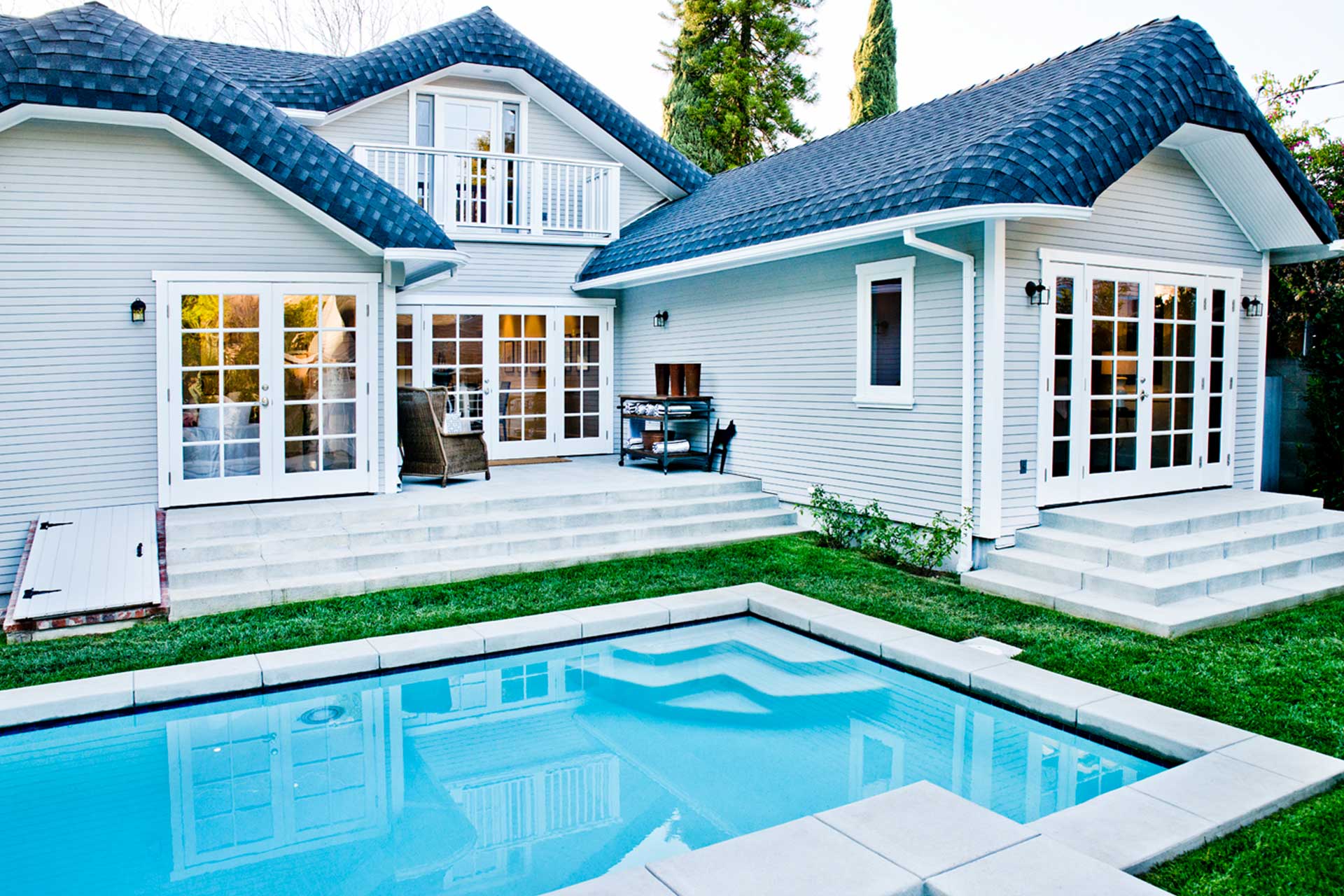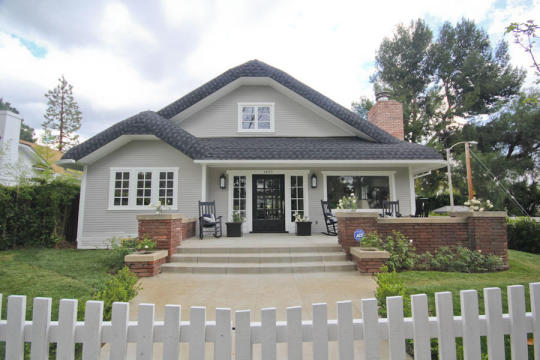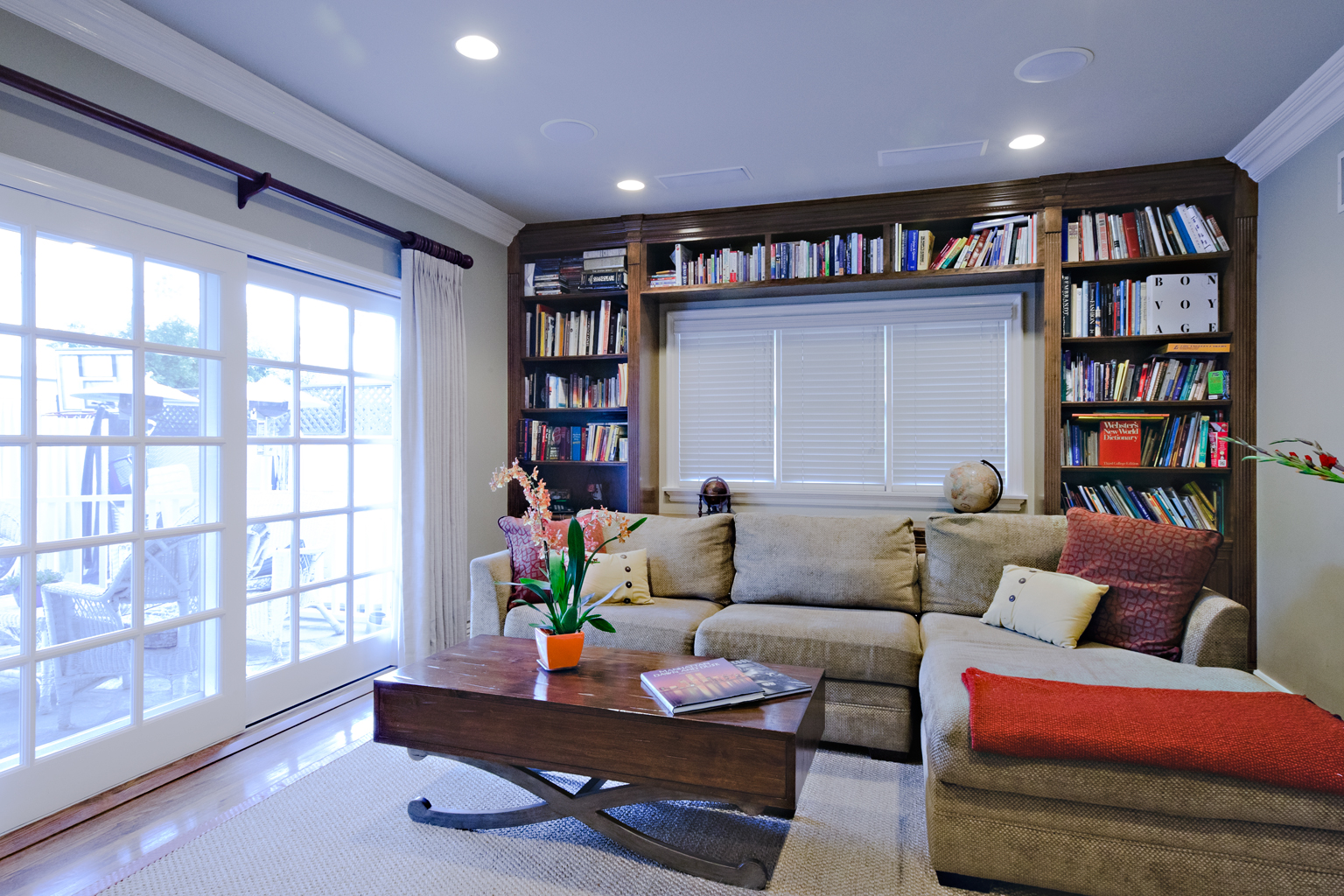
Residential consumption of energy accounts for one-fourth of total energy consumption and is second only to industrial energy consumption (U.S. Energy Information Administration). In recent years, several international bodies have began to develop practical solutions to the world’s energy problems. These resources are finite and are becoming increasingly scarce, so the need to implement strategies that protect these vital resources becomes that much more pressing.
One such attempt began in the late 90’s under the auspices of the U.S. Green Building Council. A set of rating systems was devised in order to assess the relative sustainability of all aspects of the building process, from design to construction and maintenance. Leadership in Energy and Environmental Design (LEED) certifications are awarded to homes and commercial buildings alike. This rating system assists owners and operators of buildings with environmental responsibility and the efficient use of resources.

To participate, homes and buildings must follow all applicable environmental laws and regulations as well as share data associated with water and energy use for five years. The LEED rating system assesses several categories, such as Water Efficiency, to allocate points onto their accreditation scale. A total of 100 points can be attained, with Platinum status offered to those select homes and buildings that receive a cumulative score of 80 or above. A home or building is considered LEED-certified if it is able to attain above 40 points on the scale. Several municipalities have started to require and in some cases even reward homes and buildings that have been LEED-certified.
Several studies have been independently conducted to assess the correlation of certification levels with energy consumption. Some studies (Scofield, 2013; 2009) have found that LEED-certified homes consume up to 20% less site energy. Some studies have found that there are little to no differences, but these studies have yet to account for occupancy differences. Newer constructions have higher occupancy loads, leading to more people being plugged in (e.g. computers, phones, office equipment). To accurately compare between an LEED and non-LEED building, occupancy must be controlled to eliminate any compounding variables from influencing the final result.

Altogether, more studies are required to determine the effectiveness of these measures and rating systems. But the overall goal is one for which we should all aim. Attaining sustainable homes and buildings that consume less energy and leave less of a carbon footprint should be the goal of all construction, regardless the rating system. Our goal as a contractor is to provide the latest energy-saving technologies and build green homes and buildings that protect the fragile world and resources around us. Go green. Go JNO Construction & Design.





